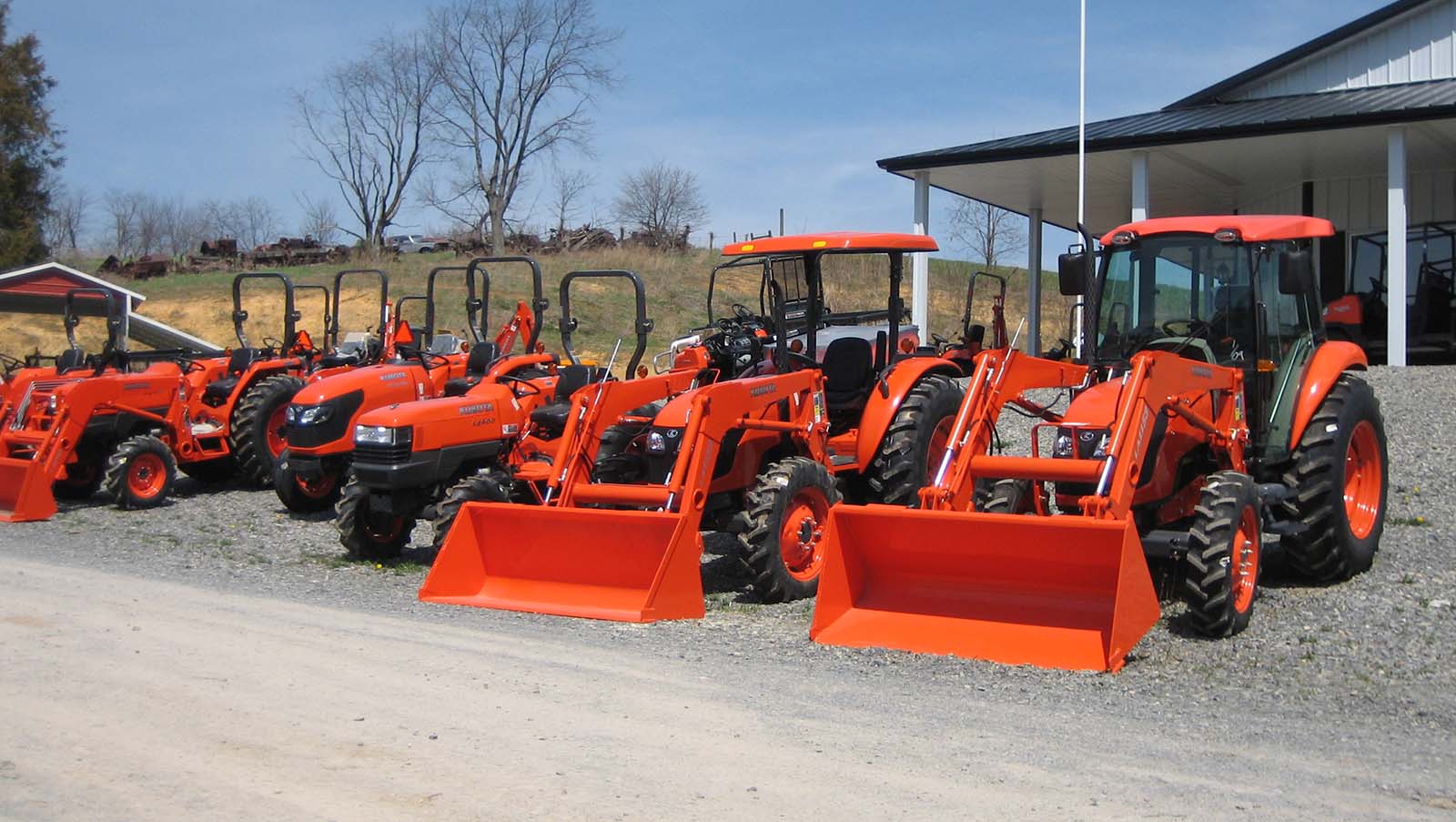This project was concerned with products that are generally loud and are expected to be so. In this case, while the tractor operator may be concerned about hearing loss or the disturbance to neighbors, he or she also likes to feel a sense of power and function in using it.
In this project, the manufacturer wanted to identify and determine the impact and value of various possible sound quality improvements to their line of small farm and utility tractors, including those that might be associated with adding a cab enclosure.
To accomplish this, Acentech structured the project into three main parts consisting of (1) a focus group study to assess what aspects of tractor sound were important to the target consumer population, (2) a separate sound quality jury study to quantify how changes in the sounds of various tractor components and mechanisms affected user perceptions of tractor power, functionality and quality/reliability, and (3) development of a statistical model for relating objective sound quality metrics to subjective consumer judgments. Competitive products were also included in the evaluations.
Results from one type of jury study (using the technique of magnitude estimation) were used to formulate a regression equation that related changes in the sounds of five different tractor components to juror ratings. Such information revealed, for example, that engine noise and cooling fan noise had the largest impact on the perception of power, while hydraulic-related sounds and engine noise had the largest impact on perceived quality and reliability. Furthermore, since these relationships were quantified, design tradeoffs could also be quantified. Another type of jury study used the method of paired comparisons to determine consumer preference rankings of various tractors based on their sounds, and to determine the average additional dollar value that customers would be willing to pay for the increased sound isolation provided by an enclosed cab.
Download the PDF project summary here.
